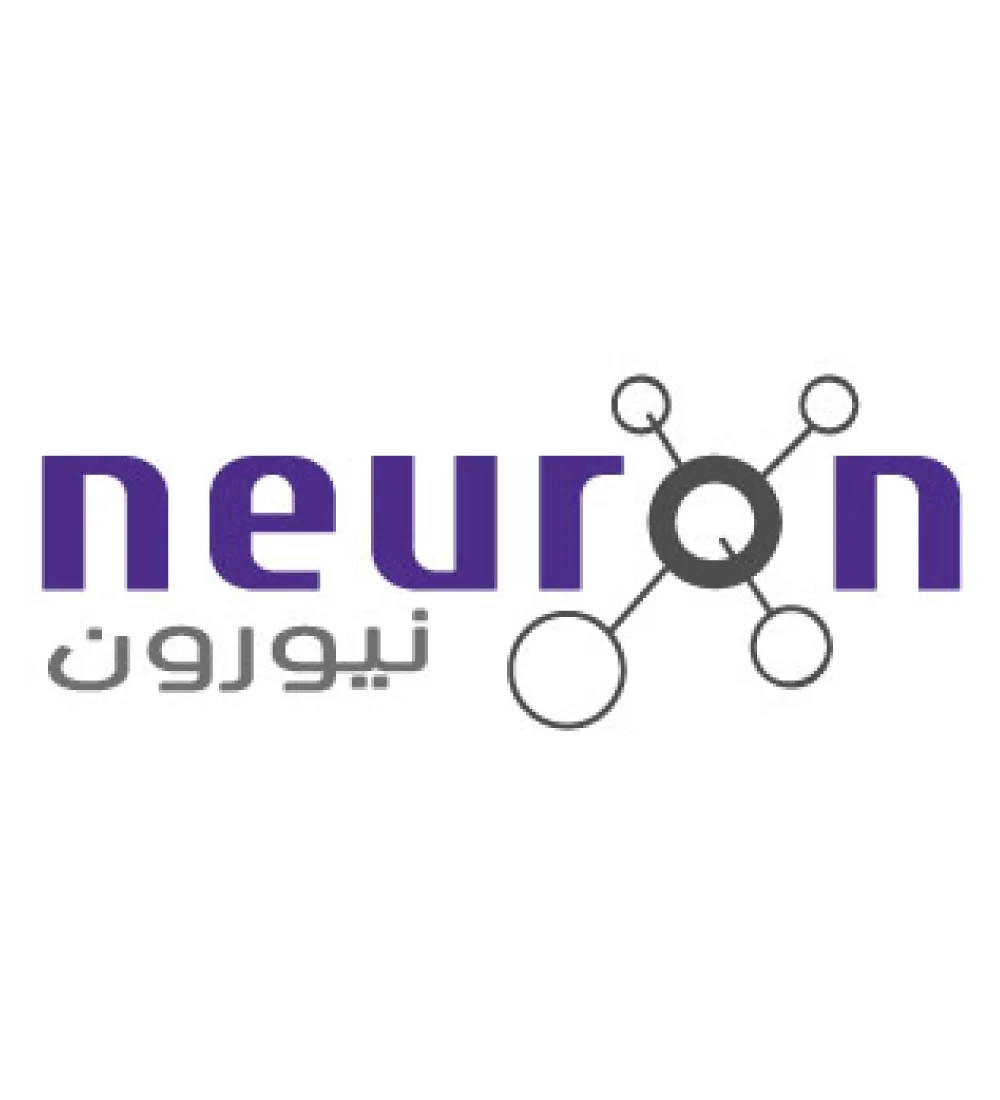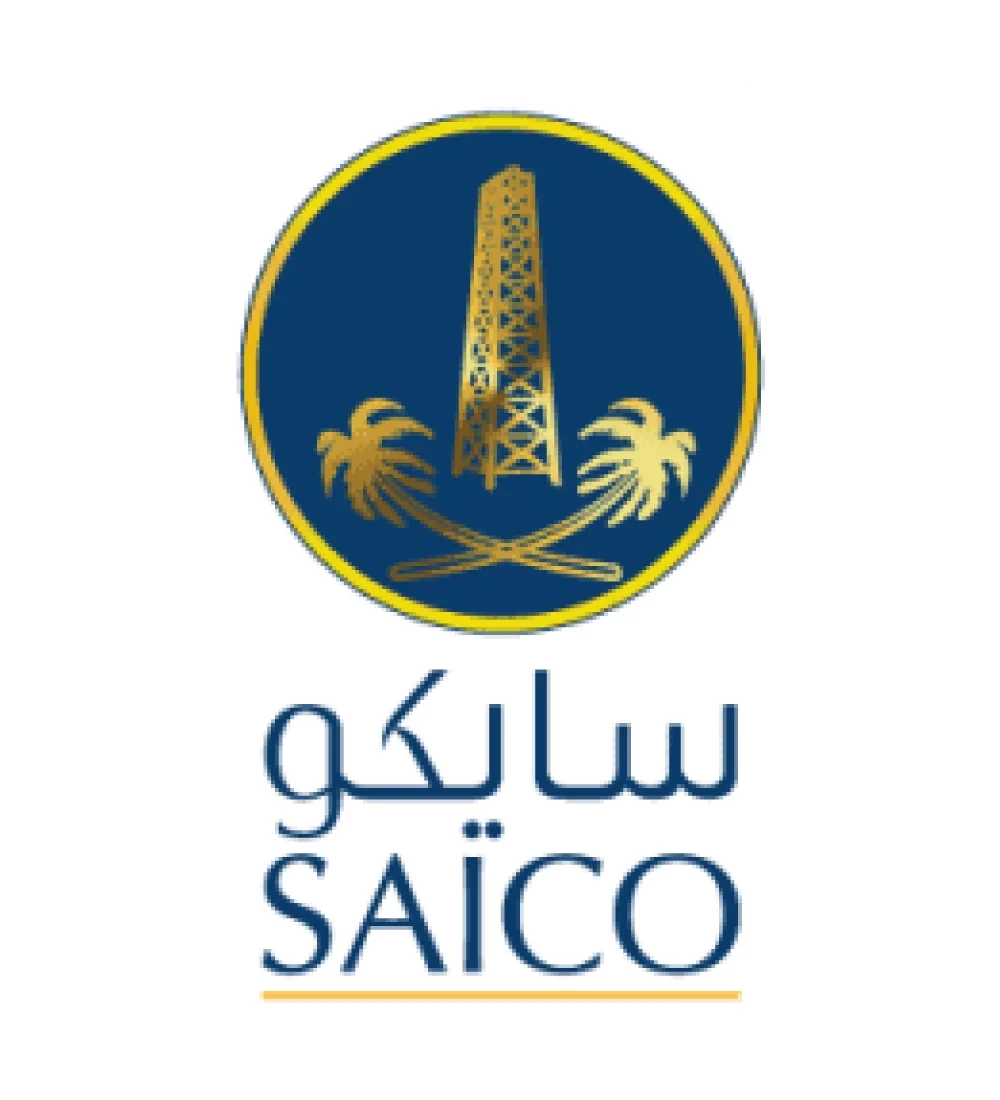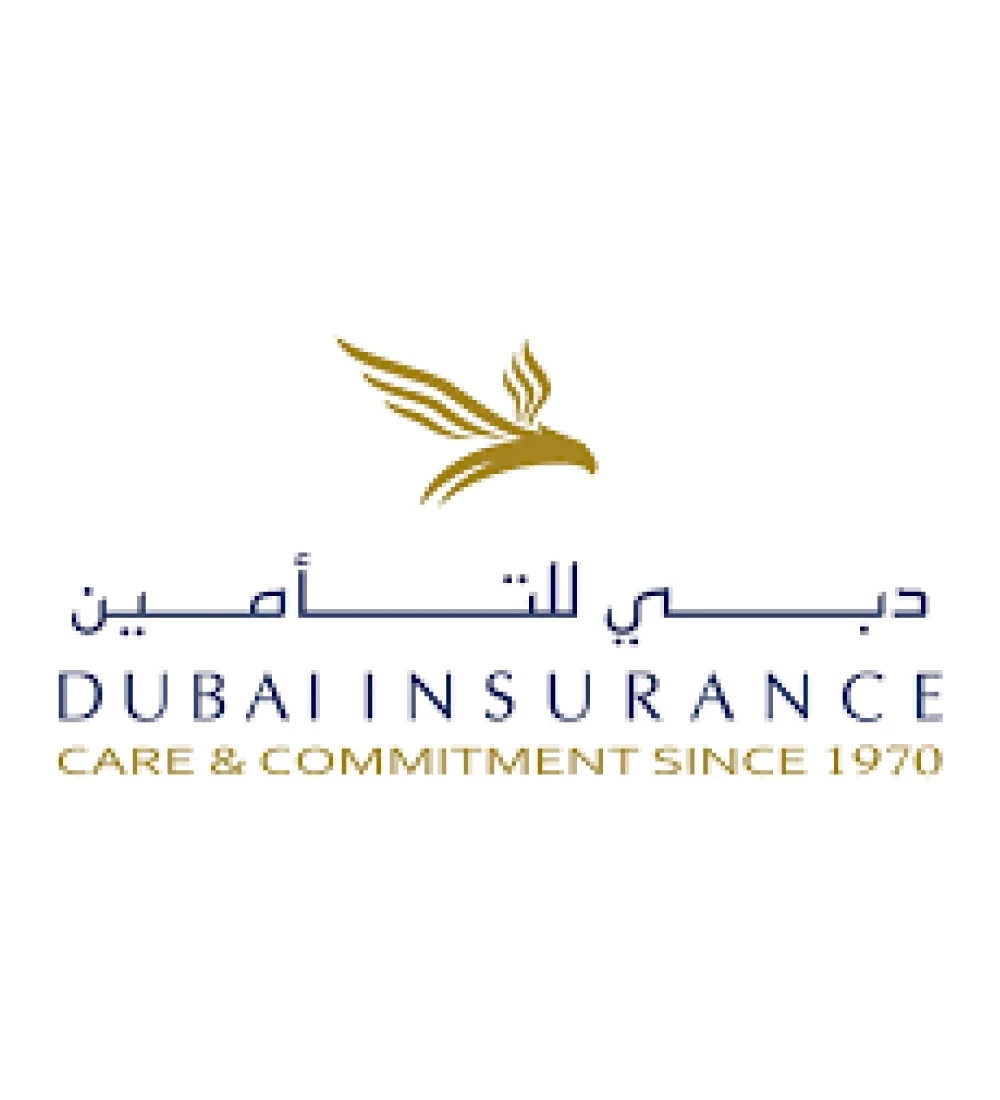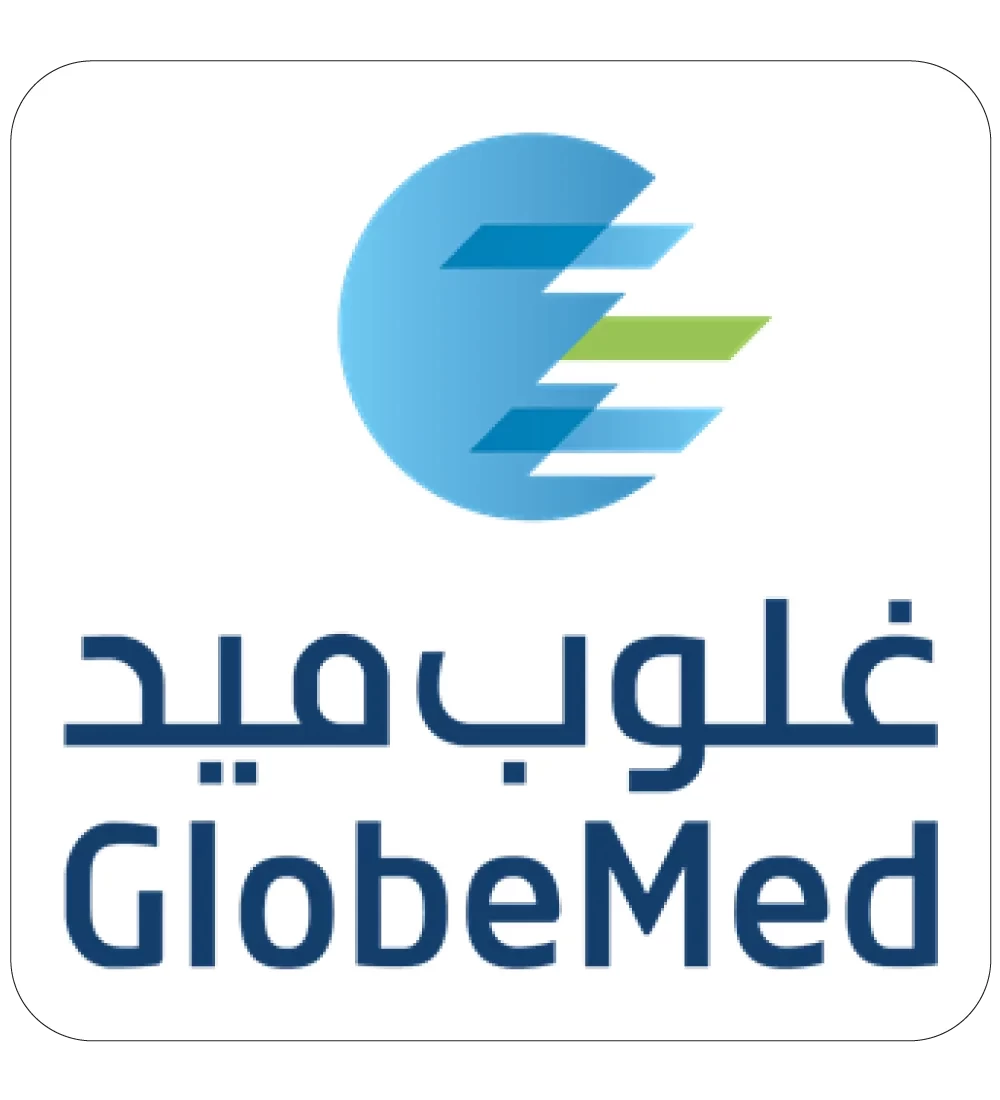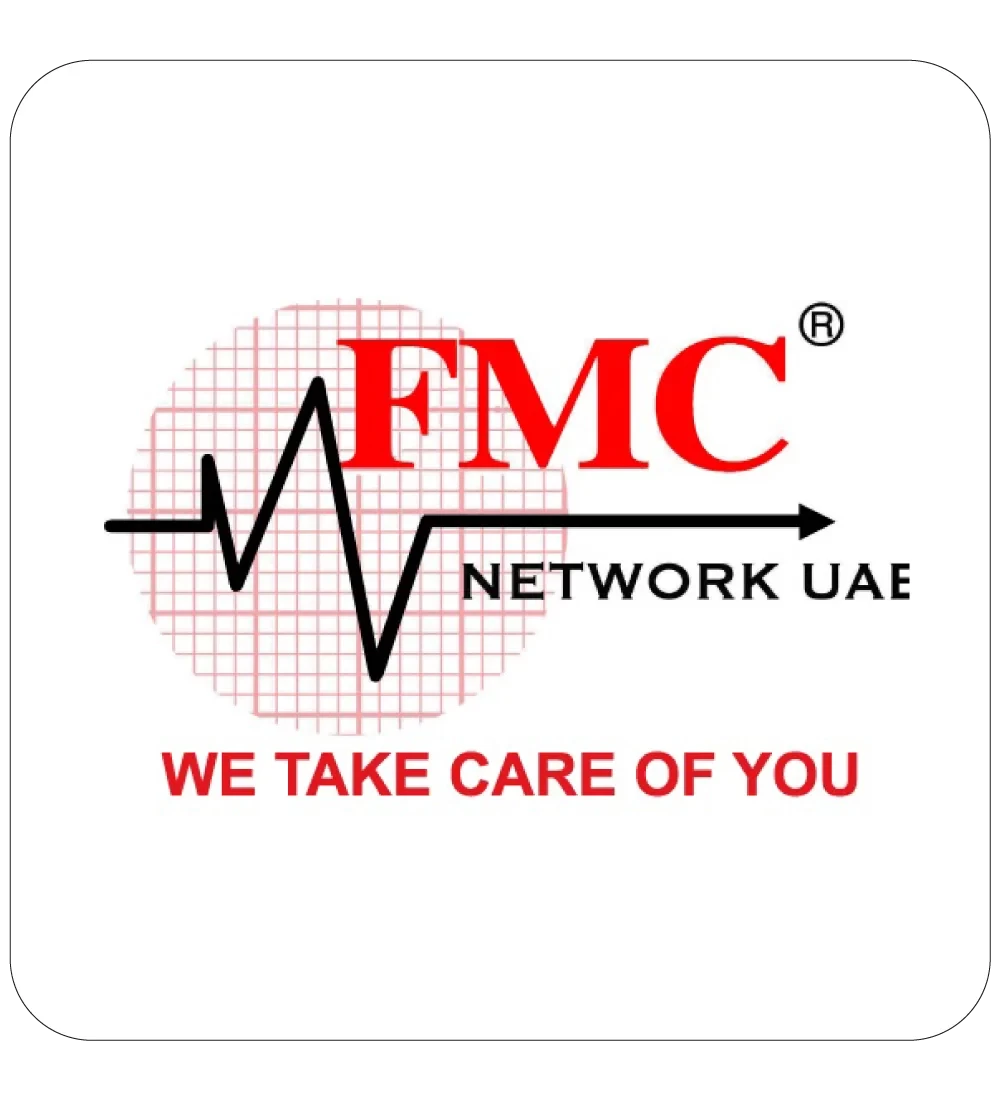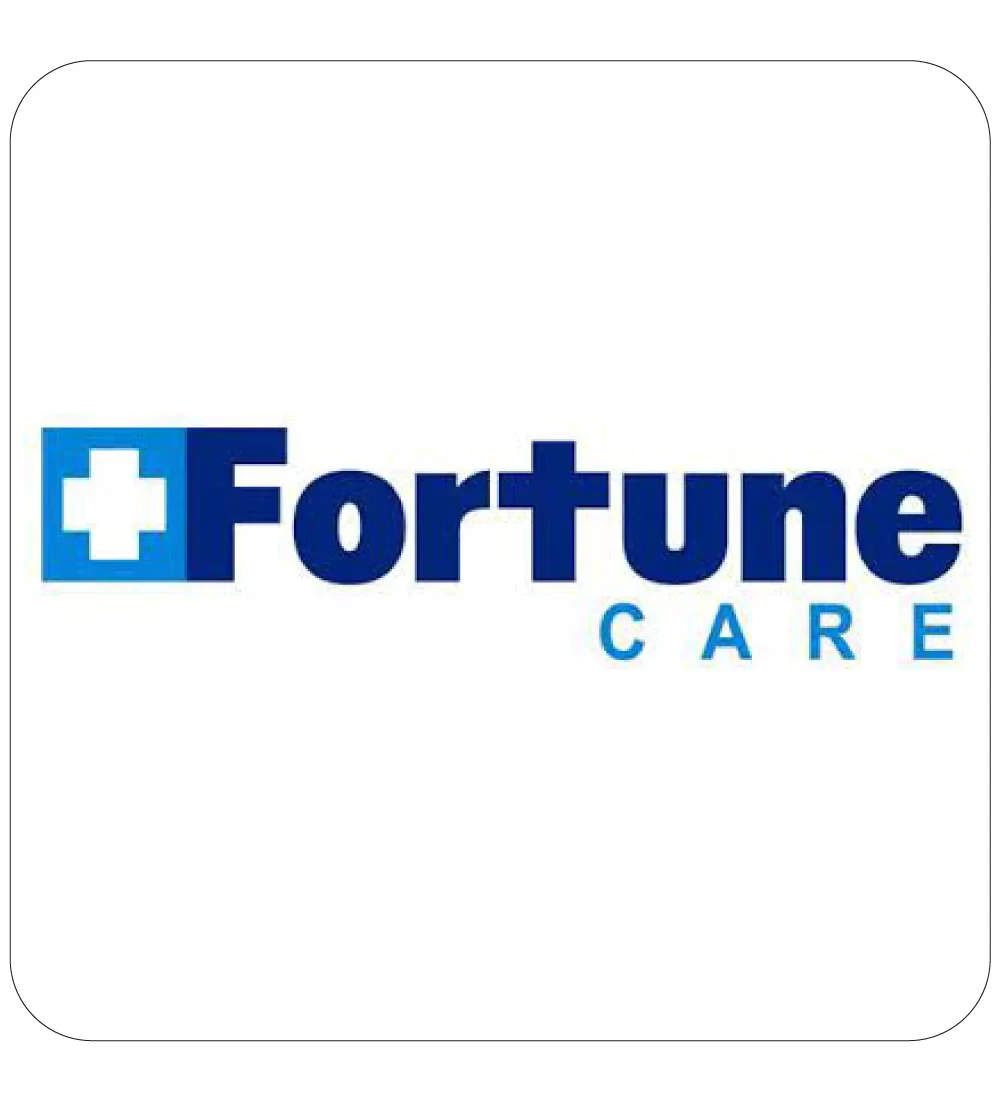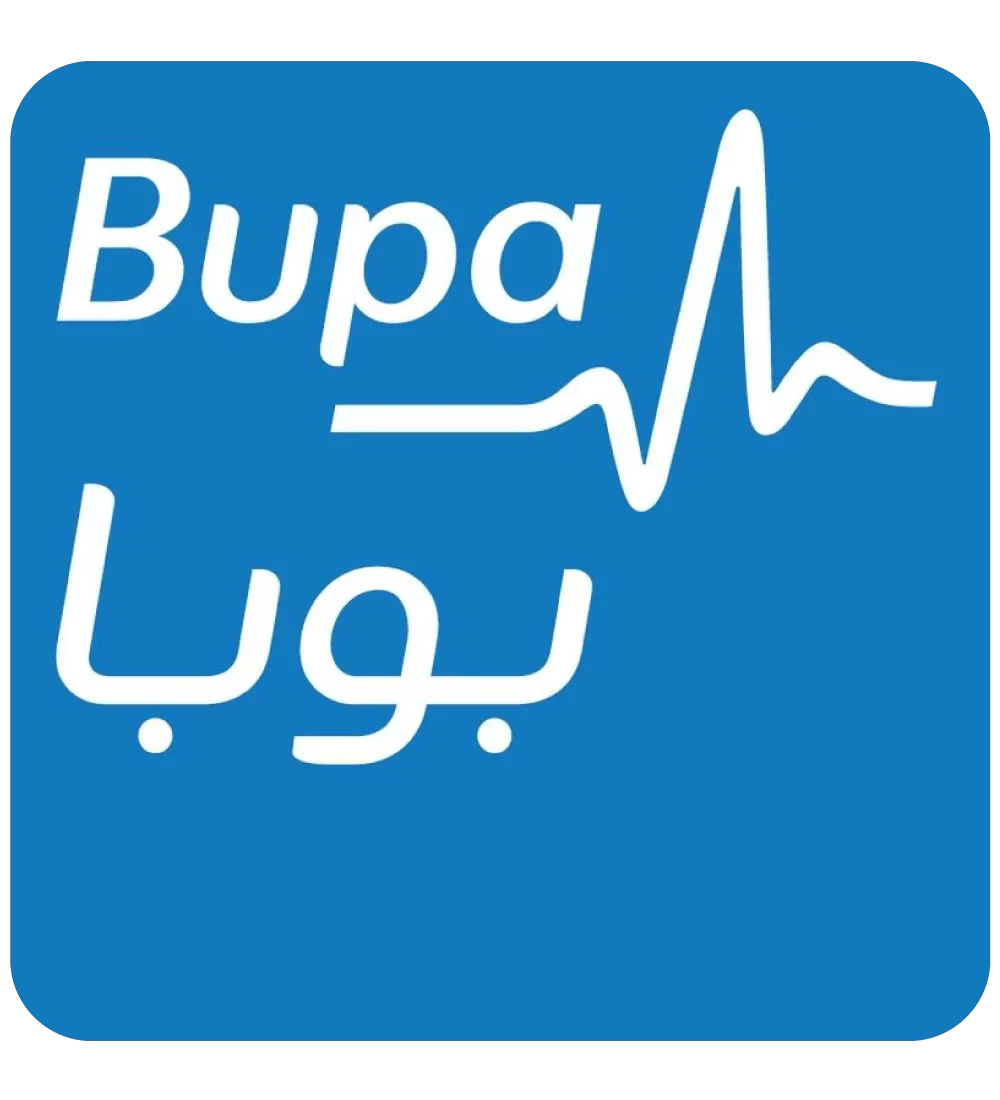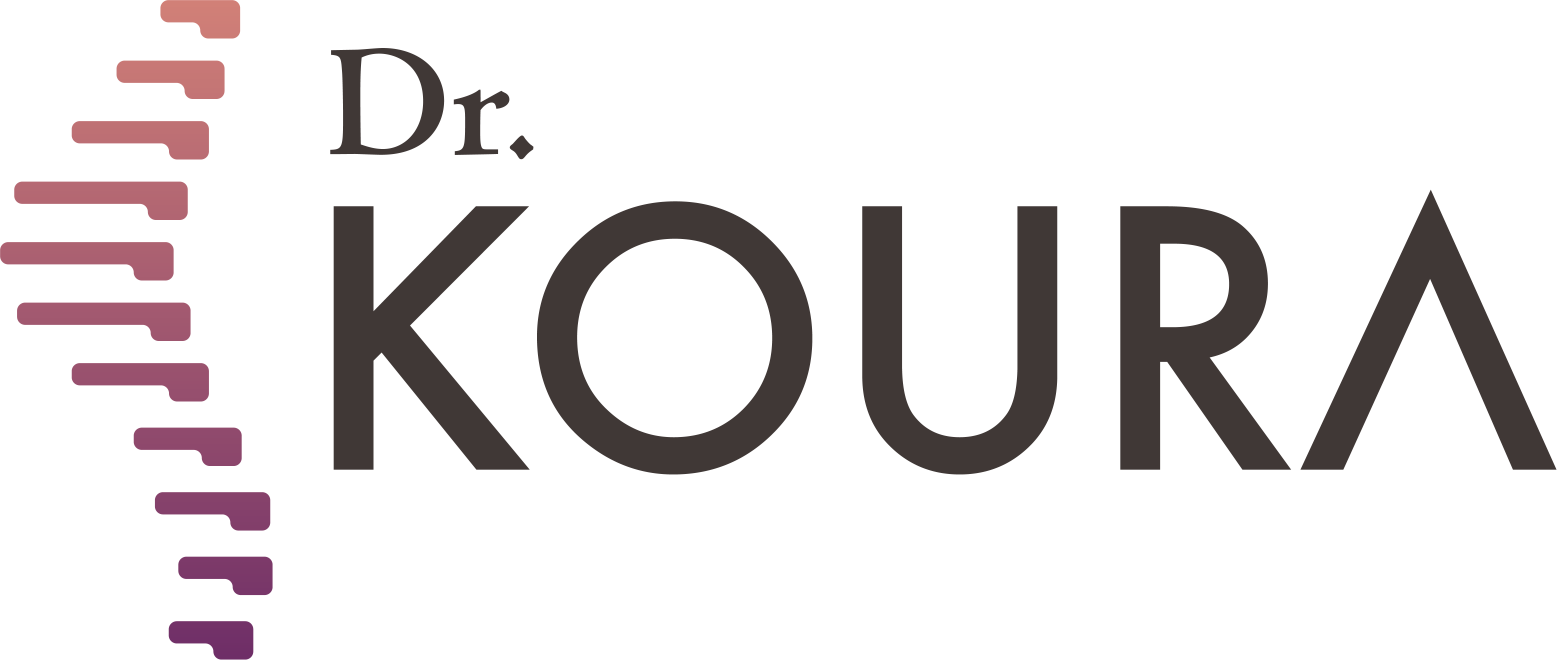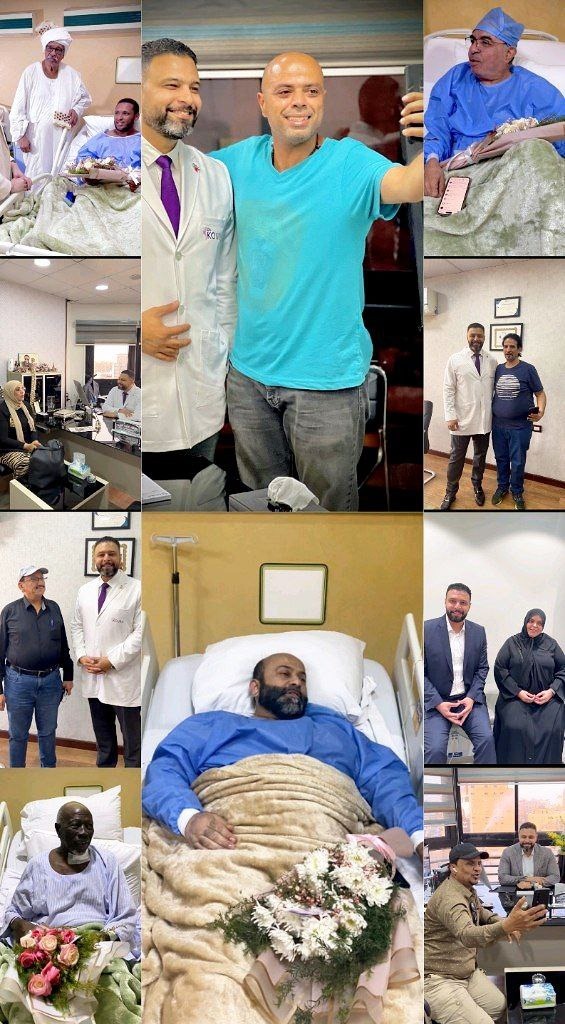
To see patients' reviews
Click hereEndoscopic disc herniation treatment – the latest spinal treatment technology
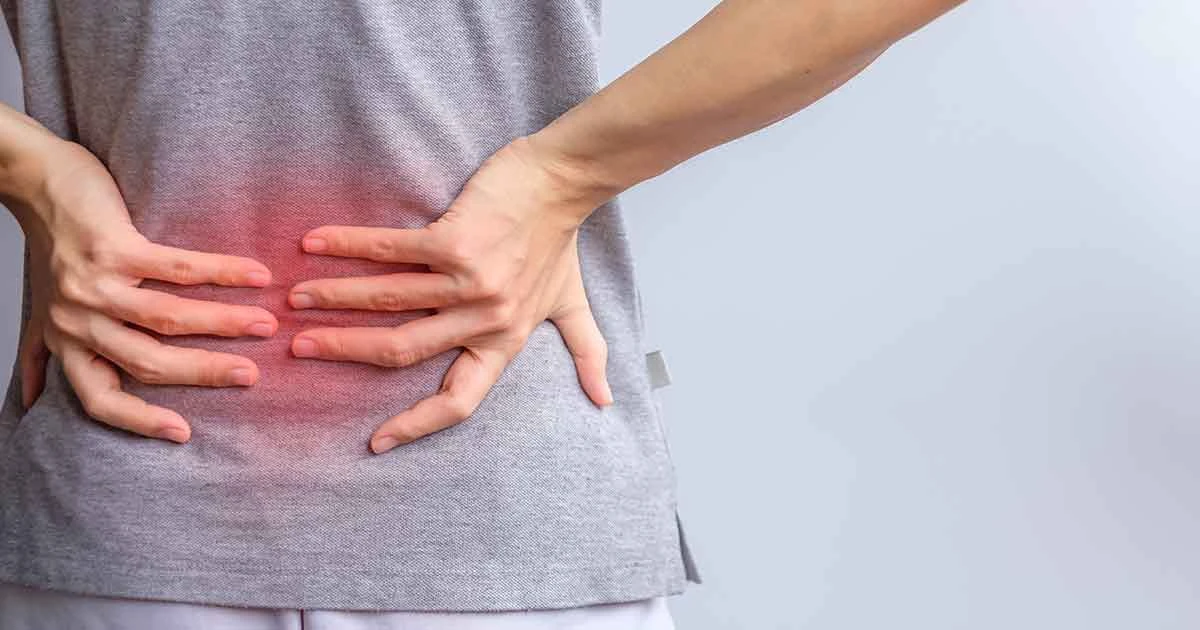

A herniated disc is one of the most common spinal problems. It causes severe pain in the lower back and may extend to the lower extremities, affecting mobility and quality of daily life. With medical advancements, precise techniques have emerged, such as endoscopic disc treatment, which is one of the latest treatments that provides rapid relief for patients with a shorter recovery period compared to traditional surgery. In this article, we will discuss the causes of a herniated disc, its symptoms, and how to treat it endoscopically with the help of a leading pain specialist, Dr. Mohamed Qoura.
What is a herniated disc?
A herniated disc is a condition that occurs when the cartilage between the vertebrae of the spine ruptures or weakens, causing a portion of it to protrude from its normal position. This protrusion puts pressure on the nerves, causing lower back pain or even pain extending to the legs, known as sciatica. In some cases, the condition may develop into discitis or lumbar osteoarthritis, which increases the severity of the pain and affects the patient's mobility.
Causes of a Herniated Disc
The causes of a herniated disc in the back vary, from natural factors to poor daily habits. Aging causes the cartilage to lose its elasticity, making it more susceptible to rupture. Lifting heavy weights incorrectly, sitting for long periods in incorrect positions, and lack of exercise are also among the most prominent causative factors. Sometimes genetic factors play a role, as do inflammation of the disc and lumbar vertebrae resulting from stress or spinal injuries.
Symptoms of a Herniated Disc in the Back
The symptoms of a herniated disc in the back vary depending on the severity of the condition and the location of the herniated disc. The most prominent symptoms include:
Persistent lower back pain that worsens with movement or prolonged sitting.
Pain extending to the legs and thighs due to pressure on the nerves.
Numbness or tingling in the lower extremities.
Muscle weakness and difficulty walking or standing for long periods.
In some cases, inflammation of the lumbar vertebrae is accompanied by severe stiffness.
These symptoms require consulting a specialist to determine the optimal treatment plan.
Endoscopic Disc Replacement
Endoscopic disc replacement is one of the latest surgical techniques, and has been used by many for centuries to relieve pain long before traditional surgery. During the procedure, the patient lies on their side under local or spinal anesthesia. The surgeon then opens a small tube, no more than 2 cm in diameter, with a high-quality camera to clearly view the location of the herniated disc. The surgical instrument is inserted through this small incision into the herniated disc or the damaged portion of it, without the need for large incisions in the skin or cutting the surrounding muscle tissue.
One of the most important advantages of this technique is that it minimizes blood loss and surgical scarring. The recovery period is also very short, as the patient can leave the hospital on the same day or within 24 hours. After the procedure, the patient feels a significant improvement in lower back pain and leg pain caused by the disc pressing on the nerves. Patients are often able to return to normal activities or even work after two to three weeks of rest.
To maintain the results and strengthen the spine, the doctor recommends continuing with lumbar spine treatment and stretching exercises after the recovery period to reduce the chances of the problem recurring in the future. Studies indicate that the success rate of the procedure exceeds 90%, while complications are rare and include the possibility of infection of the wound or nerve, or the need for re-surgical intervention in a few cases.
This technique has become an excellent option for patients with a herniated disc or disc inflammation in the back, as it provides an effective and rapid treatment, an alternative to traditional surgery, especially when performed at specialized centers such as Dr. Mohamed Qoura's Center, which ranks among the top centers using microscopic instruments and modern treatment methods such as radiofrequency ablation and disc injections.
The Best Doctor for Treating a Herniated Disc in the Back
Choosing a specialist is the most important factor in the success of treatment. Dr. Mohamed Qoura's Center is one of the most prominent medical centers specializing in treating spinal problems. Dr. Dr. Qoura has extensive experience using the latest techniques, such as endoscopy, radiofrequency ablation, and local injections, to provide the best treatment for herniated discs safely and effectively. Therefore, if you are looking for the best pain management doctor or the best treatment for a herniated back, a visit to Dr. Qoura's center is the first step towards a full recovery.
Herniated discs are no longer the obstacle they once were, thanks to techniques such as endoscopy and radiofrequency ablation, which provide effective solutions without the need for open surgery. If you suffer from lower back pain or symptoms of a herniated disc and are looking for a safe and effective solution, you can now book your consultation with Dr. Mohamed Qoura—the best doctor for pain management and endoscopic treatment of herniated discs.
Contact Dr. Mohamed Qoura's center today and prepare for a normal, pain-free life.
Dr. Mohamed Koura is here to assist you using the latest therapeutic techniques, including thermal radiofrequency and laser treatments for spinal pain without surgery—book your appointment now from here.
Why Choose Dr. Mohamed Koura ?
Simply because he is the best doctor in his feild. He stays updated on the latest treatment technologies through his participation in various international conferences with leading foreign doctors and experts. Finally, and most importantly, Dr. Mohamed Koura is the best doctor in Egypt and the Arab world, possessing 12 non-surgical techniques for treating spinal and joint problems. He was the first to introduce modern interventional treatment techniques in Egypt & the Middle East and is the only one using the disc fx technique to treat spinal pain.
To see patients' reviews
Click hereCertainly not, some cases must be treated surgically, and the most appropriate technique for the patient is determined through a medical examination and the presence of imaging studies.
No, it is necessary to make a reservation through a phone call or social media messages.
There are no risks or side effects associated with non-surgical pain interventions.
The patient needs only 3 to 4 days before they can travel comfortably, and the hospital stay does not exceed 6 to 8 hours.
A condition cannot be accurately assessed and a proper medical diagnosis made without a medical examination and recent imaging studies.
Yes, there are several payment methods available through Visa or electronic wallets by making a reservation on our website.
Certainly, obesity is one of the causes of knee osteoarthritis.
Radiofrequency activates the nerve and does not cause any damage to it.
Non-surgical interventions are a definitive treatment for some cases and pain relievers for other cases, which is determined by the doctor through a medical examination.
If the herniated disc is fully treated, there is a possibility of it reoccurring in some cases, such as not following the doctor's prescribed instructions after the intervention, experiencing an accident, or making a sudden wrong movement like lifting heavy objects.
The entire disc is not removed due to the presence of several risks and it may exacerbate the condition. Only the protruding part that causes pain is removed.
This cannot be done with radiofrequency, but it is performed through other techniques that Dr. Koura conducts.
The success or failure of non-surgical interventions cannot be judged through radiographic imaging because these procedures involve making subtle changes to critical parts to address the issue. Consequently, they do not produce significant changes to avoid potential complications in the future or damage to the spine and joints, which is our primary goal.
Spinal stenosis does not typically cause sciatica. In most cases, disc herniation is what may lead to sciatica. This does not necessarily mean that a patient with sciatica will also have spinal stenosis.
Sciatica may return if the patient does not adhere to the medical instructions provided by the doctor or in the event of an unexpected accident.
A life without pain without surgery
Once you book with Dr. Koura
Get rid of pain with just one call.. Book your appointment now with pain Management consultant Dr. Koura.
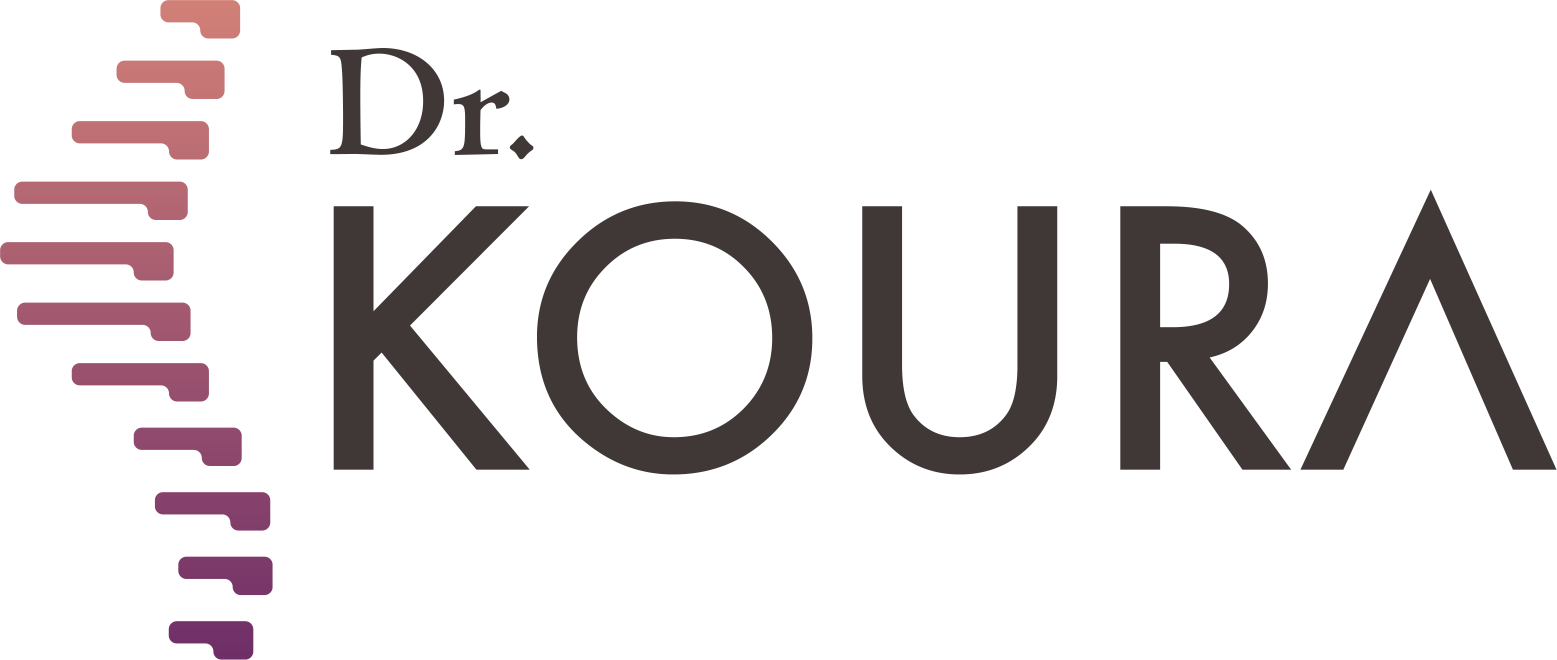





-webp.webp)




-webp.webp)







